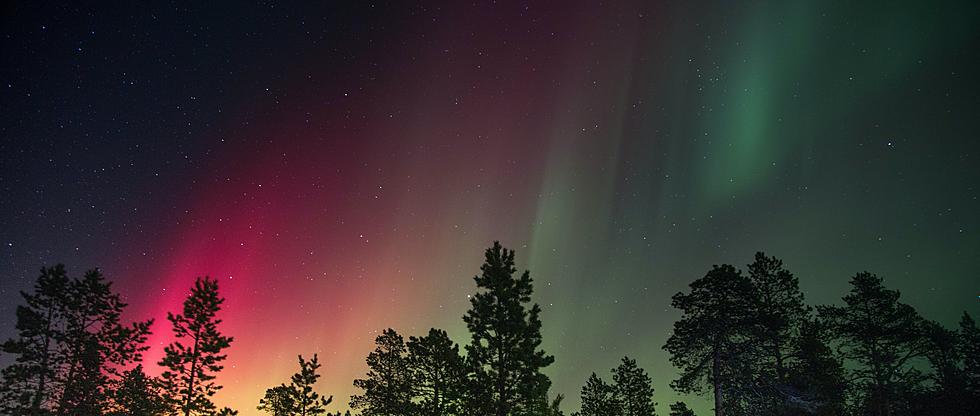
The Northern Lights Were Seen In Texas, More Chances Coming Soon
On Sunday something crazy happened in Texas and Lubbock. People spotted The Northern Lights.
The northern lights, or the aurora borealis, are beautiful dancing waves of light that have captivated people for millennia. But for all its beauty, this spectacular light show is a rather violent event.
Energized particles from the sun slam into Earth's upper atmosphere at speeds of up to 45 million mph (72 million kph), but our planet's magnetic field protects us from the onslaught.
The Northern Lights are best seen from places like Alaska, Norway, Finland, Scotland and a few more.
If you were lucky you could have seen the lights from a lot more places, for example outside Lubbock. These photos were caught by Bruce Haynie near Shallowater.
I had no idea this was even possible but it will definitely be something I will be looking for from now on.
Why can we see the northern lights near Lubbock?
David Craig, Ph.D., an associate professor of physics at West Texas A&M University in Canyon, told the Globe-News the back-to-back sightings occurred because the sun is moving into a time of increased activity. As the sun becomes more active and energetic, so does the aurora.
"The sun has a magnetic field cycle of about 22 years, and every 11 years, its overall magnetic field drops way down," Craig said. "When that happens, you get more solar flares, where you have particles ejected out into space, you get more sunspots, and the earth is sort of linked to the sun by its magnetic field."
"There's always a region around the north pole — Alaska, Canada, Siberia — where you can see the northern lights anytime the sun is active, but when the sun becomes especially active, or when you have a big set of flares that happen to be pointed towards the earth, that region where the aurora can be caused can spread further south," Craig explained.
Will we have another chance to see them in the Lubbock area?
We’ll soon reach the peak of Solar Cycle 25, improving our chances of seeing the northern lights.
According to NOAA’s Space Weather Prediction Center (SWPC) the sun would reach its most active point, solar maximum, in mid-2024. While that timeframe hasn’t changed much — new predictions put it between January and October — it’s now expected to come quicker and be stronger than previously thought.
An added bonus of the current solar cycle? The April 8, 2024, total solar eclipse will occur near cycle maximum, meaning a good show for skywatchers, NOAA explains.
20 Striking Photos From Across Texas During Winter Storm Uri
More From Lonestar 99-5 FM









